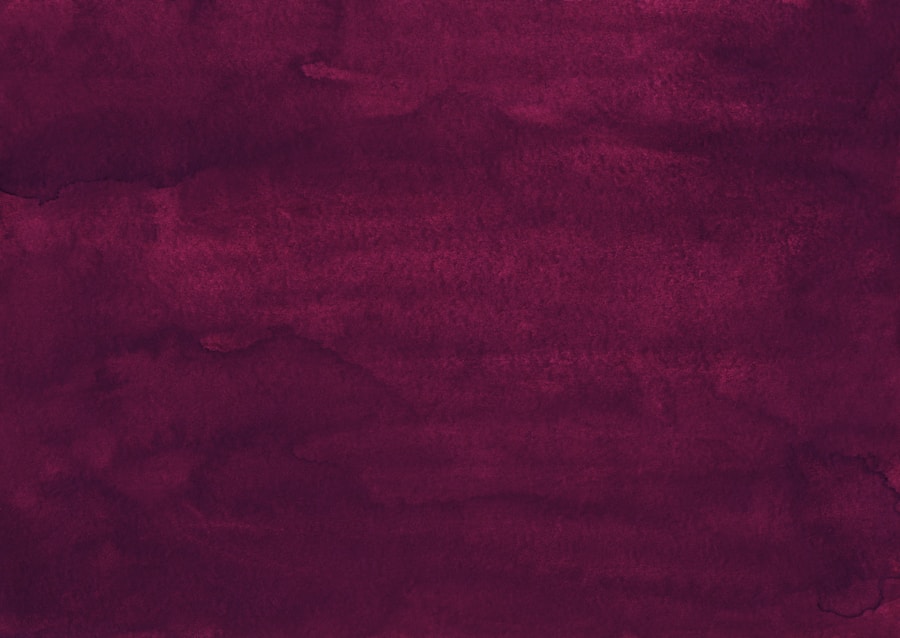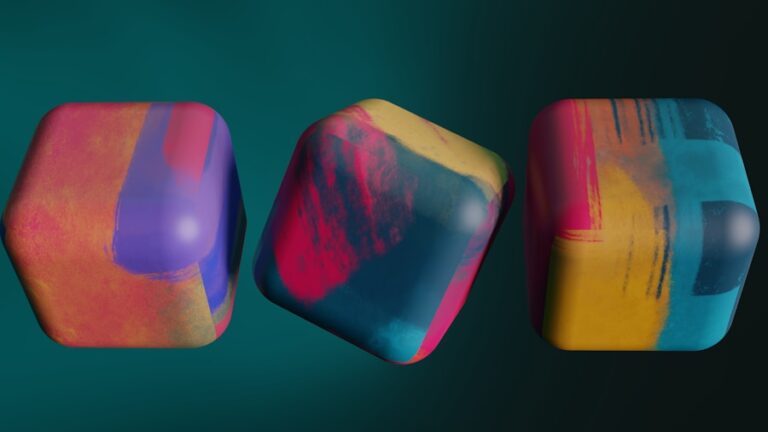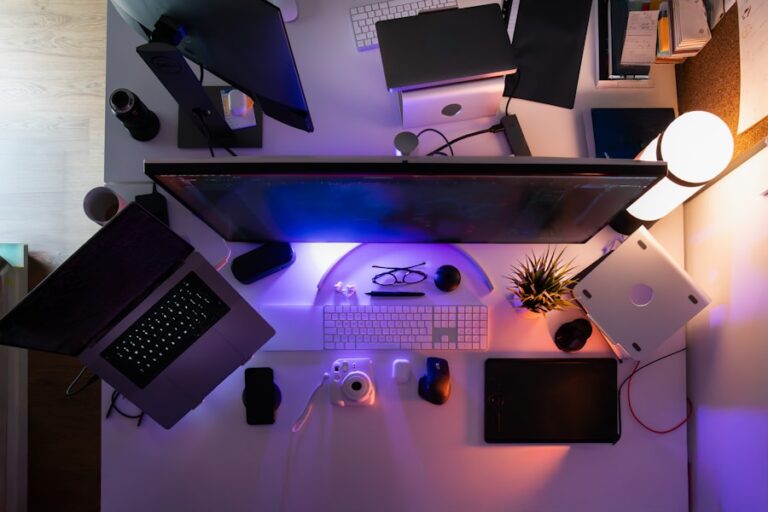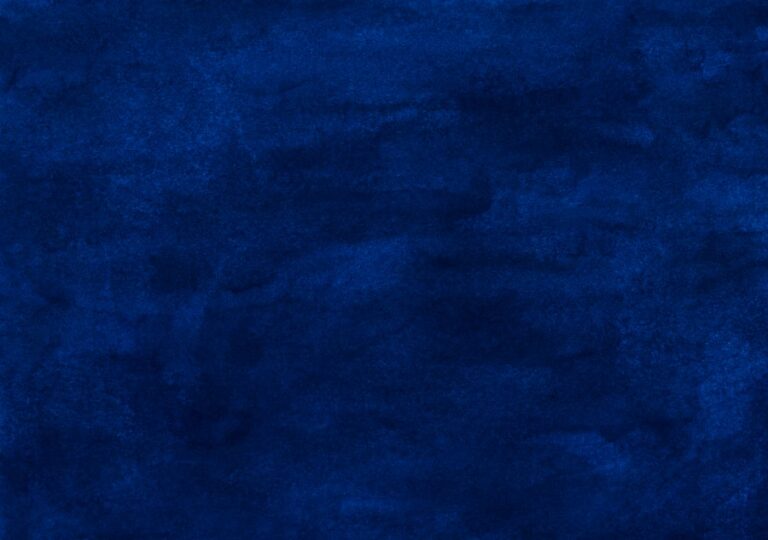Mastering Digital Art: A Step-by-Step Tutorial for Beginners
Digital art is a form of artistic expression that utilizes digital technology as a medium for creating artwork. It encompasses a wide range of artistic styles and techniques, including digital painting, 3D modeling, and graphic design. Unlike traditional art forms, digital art allows artists to manipulate and edit their work with ease, making it a versatile and dynamic medium for creative expression.
One of the key advantages of digital art is its accessibility. With the rise of digital devices such as tablets and smartphones, creating digital art has become more convenient and affordable than ever before. Additionally, digital art offers a wide range of tools and software that can be used to create stunning visual effects and manipulate images in ways that would be impossible with traditional media. Whether you’re a seasoned artist looking to explore new creative avenues or a beginner looking to dip your toes into the world of digital art, there’s never been a better time to get started.
Choosing the Right Tools and Software for Digital Art
When it comes to creating digital art, choosing the right tools and software is crucial. There are a wide variety of options available, each with its own unique features and capabilities. For beginners, it’s important to start with a user-friendly program that offers basic drawing and painting tools, such as Adobe Photoshop or Procreate. These programs are widely used in the digital art community and offer a range of brushes, layers, and editing tools that make it easy to get started.
As you become more comfortable with digital art, you may want to explore more advanced software options such as Corel Painter or Clip Studio Paint. These programs offer a wider range of features and tools for creating intricate and detailed artwork. Additionally, investing in a high-quality drawing tablet can greatly enhance your digital art experience. Tablets such as the Wacom Intuos or Huion Kamvas offer pressure-sensitive styluses and customizable buttons that make it easier to create natural-looking brush strokes and precise lines.
Basic Techniques and Tips for Creating Digital Art
Creating digital art requires a different approach than traditional art forms, but many of the same principles apply. One of the most important techniques to master is understanding layers. Layers allow you to separate different elements of your artwork, making it easier to edit and manipulate individual parts without affecting the rest of the image. This can be especially useful when working on complex compositions or adding textures and effects to your artwork.
Another important aspect of digital art is understanding color theory. Just like traditional painting, choosing the right colors can greatly impact the mood and atmosphere of your artwork. Many digital art programs offer color palettes and color wheel tools that can help you choose complementary colors and create harmonious color schemes. Additionally, experimenting with different blending modes and layer effects can add depth and dimension to your artwork, creating stunning visual effects that are unique to digital art.
Exploring Different Styles and Genres in Digital Art
Digital art encompasses a wide range of styles and genres, from realistic digital paintings to abstract 3D sculptures. One of the most popular styles of digital art is digital painting, which allows artists to create realistic or stylized images using digital brushes and painting techniques. This style is often used to create portraits, landscapes, and concept art for video games and movies.
Another popular genre in digital art is 3D modeling and animation. This style involves creating three-dimensional objects and characters using specialized software such as Blender or Maya. 3D artists can then animate their creations, bringing them to life in virtual environments or creating stunning visual effects for films and advertisements.
In addition to these styles, digital art also encompasses graphic design, vector illustration, and mixed media collage. Each style offers its own unique set of tools and techniques, making it easy for artists to explore different creative avenues within the realm of digital art.
Mastering Composition and Color Theory in Digital Art
Composition is an important aspect of any form of art, including digital art. It refers to the arrangement of elements within an artwork, such as the placement of objects, the use of negative space, and the overall balance of the image. When creating digital art, it’s important to consider composition from the beginning stages of your artwork, as it can greatly impact the visual impact and storytelling of your piece.
Color theory is another crucial aspect of mastering digital art. Understanding how colors interact with each other can greatly enhance the mood and atmosphere of your artwork. Many digital art programs offer color palettes and color wheel tools that can help you choose complementary colors and create harmonious color schemes. Additionally, experimenting with different blending modes and layer effects can add depth and dimension to your artwork, creating stunning visual effects that are unique to digital art.
Adding Depth and Texture to Your Digital Artwork
One of the advantages of digital art is the ability to easily add depth and texture to your artwork using various tools and techniques. For example, using layer effects such as overlays or gradients can add depth to your artwork by creating shadows and highlights. Additionally, experimenting with different brush textures and patterns can add visual interest and realism to your artwork.
Another way to add depth and texture to your digital artwork is by incorporating 3D elements into your compositions. This can be done using specialized 3D modeling software such as Blender or Maya, which allow artists to create three-dimensional objects and characters that can be integrated into their 2D artwork. This can add a new level of depth and realism to your artwork, making it stand out from traditional 2D illustrations.
Finalizing and Sharing Your Digital Art Masterpiece
Once you’ve completed your digital artwork, it’s important to take the time to finalize it before sharing it with the world. This may involve making final adjustments to the composition, color balance, or adding finishing touches such as textures or effects. Additionally, it’s important to save your artwork in a high-resolution format that is suitable for printing or sharing online.
When it comes to sharing your digital art masterpiece, there are a wide range of options available. Many artists choose to showcase their work on social media platforms such as Instagram or Twitter, where they can connect with other artists and potential clients. Additionally, there are online galleries and art communities where artists can share their work with a wider audience and receive feedback from other members.
In conclusion, digital art offers a wide range of creative possibilities for artists of all skill levels. Whether you’re a beginner looking to explore new artistic avenues or a seasoned artist looking to expand your creative horizons, there’s never been a better time to get started with digital art. By understanding the basics of digital art, choosing the right tools and software, mastering composition and color theory, and exploring different styles and genres, you can create stunning digital artwork that showcases your unique artistic vision. With practice and dedication, you can master the techniques and skills needed to create breathtaking digital masterpieces that will captivate audiences around the world.






